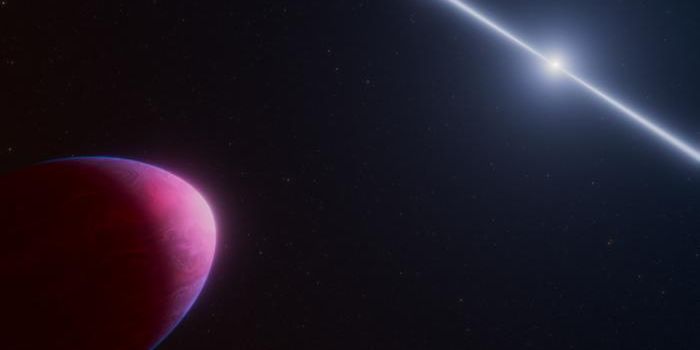How Astronomers Measure Distances to Stars
Extra stellar systems are so far away from our own that we couldn’t even hope of developing a tape measure long enough to determine how far away they really are. On the other hand, astronomers can still determine how far away a stellar system is from our own. Have you ever wondered how this is possible?
Astronomers use various techniques for determining the distance to another star, and one of the most reliable is the parallax method, which leverages the effect you experience when driving down a road in which distant objects seem relatively still while closer objects appear to whiz past you. As it turns out, this effect also impacts stellar objects, and in six months’ time, it can be used to determine the distance to another star.
Why six months? This is approximately how long it takes the Earth to complete one-half of an orbit around the Sun. Astronomers use this to capture angular measurements from the parallax effect we feel when Earth is on either side of our star, and with the help of a middleman object, astronomers can capture angular measurements for a distant object and use simply trigonometry to determine its distance from us.
The parallax effect is feasible up to around 400 light-years away, beyond which astronomers are compelled to use an alternative method to determine distance. Most objects in space are more than 400 light-years away, so a slightly less accurate method involving relationships between star color and brightness are used to extrapolate its physical distance from Earth.
We know how color and brightness should relate for stars that are under 400 light-years away, and so special algebraic calculations can help astronomers determine distance based on a specific brightness level if we already know the star’s color. These are, of course, just educated predictions as opposed to guaranteed distances, and while they aren’t as accurate as the aforementioned method, they’re the best we’ve got for something so far away.
Related: Astronomers say this is the most distant radio galaxy ever found
Unfortunately for objects that are billions of light-years away, astronomers’ predictions become significantly less accurate. We’re compelled to consider factors such as redshift and the expansion of the universe, which result in largely theoretical data. While we can determine an estimated distance based on redshift, the expansion of the universe is always throwing a wrench in our data.
While these methods work for most observations, some things just aren’t bright enough to see at all… let alone measure the distance to.








